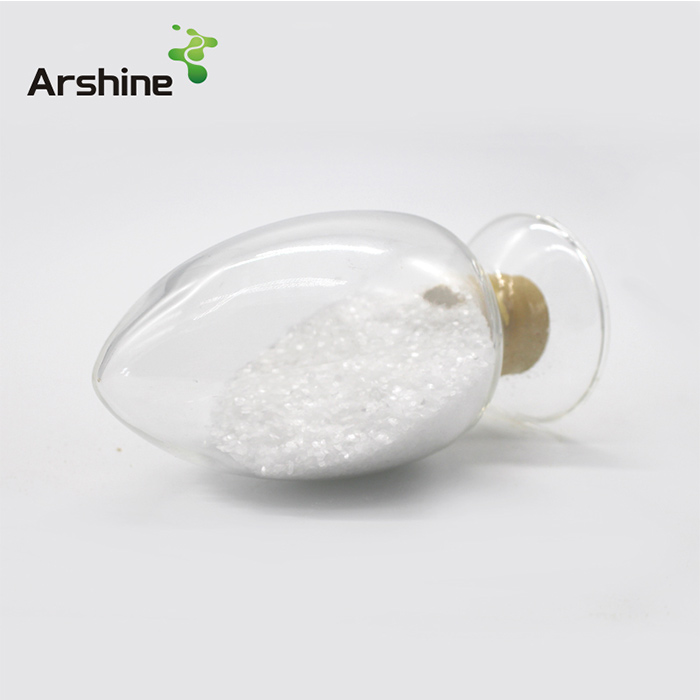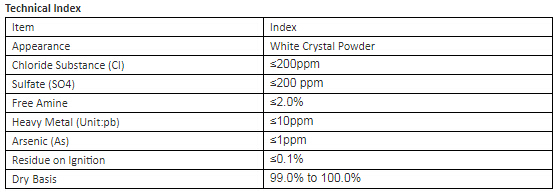
A betaine (BEET-ah-een, /ˈbiːtɑːˌiːn/) in chemistry is any neutral chemical compound with a positively charged cationic functional group such as a quaternary ammonium or phosphonium cation (generally: onium ions) that bears no hydrogen atom and with a negatively charged functional group such as a carboxylate group that may not be adjace
Introduction
A betaine (BEET-ah-een, /ˈbiːtɑːˌiːn/) in chemistry is any neutral chemical compound with a positively charged cationic functional group such as a quaternary ammonium or phosphonium cation (generally: onium ions) that bears no hydrogen atom and with a negatively charged functional group such as a carboxylate group that may not be adjacent to the cationic site. A betaine thus may be a specific type of zwitterion. Historically, the term was reserved for TMG (trimethylglycine) only. Biologically, betaine is involved in methylation reactions and detoxification of homocysteine. The pronunciation of the compound reflects its origin and first isolation from sugar beets (Beta vulgaris subsp. vulgaris), and does not derive from the Greek letter beta (β), however, it often is pronounced beta-INE or even BEE-tayn.
Functions and Applications
1. It can be used as methyl supplier to provide high efficient methyl and replace the methionine & choline chloride partially.
2. It can take part in the biochemical reaction of animal and provide methyl, it is helpful to the synthesis & metabolism of protein and nucleic acid.
3. It can improve the metabolism of fat and increase the meat factor and improve immunologic function.
4. It can adjust the penetration pressure of cell and reduce the stress response to help the growth of animal.
5. It is a good phagostimulant for marine lives and it can improve the feeding quanitityies and the surviving rate of animal and improve the growth.
6. It can protect epithelial cell of intestinal tract to improve the resistance to coccidiosis.

Inquiry